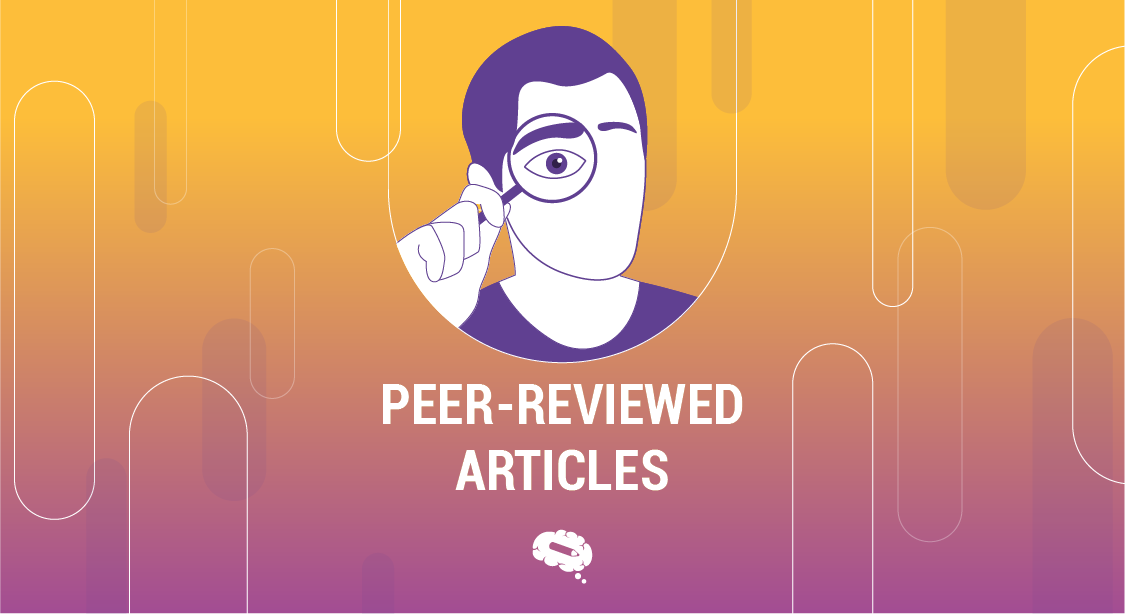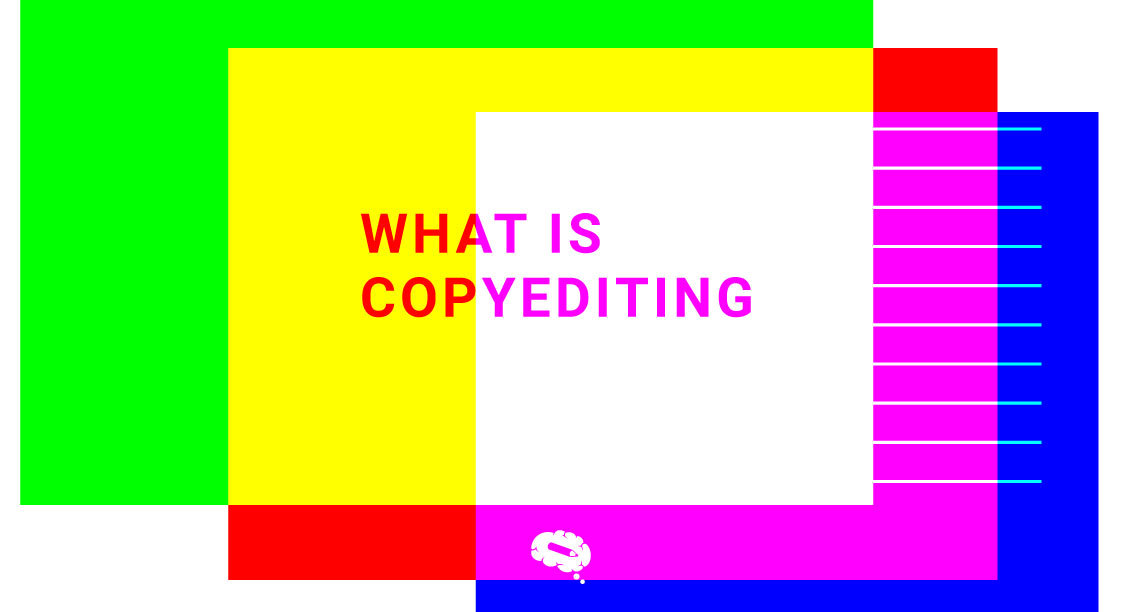To generate and communicate scientific knowledge, reviews of scholarly works are essential. Scholarship, particularly academic work, is evaluated by peer review.
High-impact articles are reviewed by expertly selective editors and published in exceptionally selective journals that publish articles that will have a significant impact within a field. Peer review is intended to provide an expert’s thoughtful critique of an author’s contribution so that it can be published and disseminated without restriction.
A peer-reviewed publication is sometimes called a scholarly publication. Performing peer review of scholarly papers, research, or proposals is considered necessary for ensuring academic scientific quality. In this article, we will look at what peer-reviewed articles are and how they can be beneficial.
What is The Main Purpose of a Peer-Reviewed Article?
There is a great deal of reliance on reviewers in academic publications. Peer review elevates academic publications, improves research quality, and helps research communities network. The peer review process has been a widely recognized and commonly used method for research validation.
The purpose of peer review in academic publishing is to assess the quality of articles made available for publication. Peer-reviewed journals require articles to undergo the following procedures before they can be published:
- Journal editors forward the articles to experts in the field after they receive submissions from authors. A peer review is conducted by someone who specializes in the same area as the author.
- The objective reviewers assess the submitted manuscripts meticulously for quality.
- Research methodology and procedures are evaluated by the peer reviewers for their validity.
- It is then suggested that revisions be made if necessary.
- Articles are rejected based on whether they lack academic credibility and quality.
An accepted peer-reviewed article is representative of quality research in a field since peer-reviewed journals will not publish articles that do not conform to the discipline’s standards.
What is The Best Way to Find Peer-Reviewed Articles?
If you are looking for peer-reviewed sources, you might want to start by looking through your library’s database. Libraries usually allow you to narrow your search and display only scholarly articles, but this isn’t always feasible.
Alternatively, you can glance at either the very beginning or very end of the entire journal to see if there is an editorial statement or author’s instructions. Journals will state whether they use peer-reviewing in their editorial statements or authors’ instructions. Peer-reviewed articles are also indicated on some journals’ respective websites.
The following strategies can be taken to ensure that your results are from peer-reviewed journals:
- Determine whether peer-reviewed articles are included in the database description.
- Choose Advanced Search when searching for articles.
- Search results can be limited to peer-reviewed articles if you check a checkbox on the search screen.
- If you use a journal website, look for the link titled information for authors, instructions for authors, submitting articles, etc.
Articles published in peer-reviewed journals usually contain these factors. When conducting research for your dissertation, you should be able to identify peer-reviewed sources by using at least one of these methods.
Is It Possible to Make Your Article More Quality by Adding More Details?
In the scientific community, peer-reviewed articles are like seals of approval for credibility and quality. The question is, how do you prepare your article to get it approved successfully?
Detail-oriented writing is important. Articles should be written chronologically with the appropriate headings and sections. Second, verify that the information has been substantiated by the right source. The third tip is to pay attention to the specifics and ensure that the writing is grammatically accurate.
A good amount of graphics, tables, and pictures are always good for captivating your peers. Discover how to simplify the process of making a research paper here: Research Paper: How to Write From Scratch in 5 Easy Steps.
With Mind The Graph, you can create stunning infographics to enhance the visual appeal of your articles. To learn more, please visit our website.

Subscribe to our newsletter
Exclusive high quality content about effective visual
communication in science.







